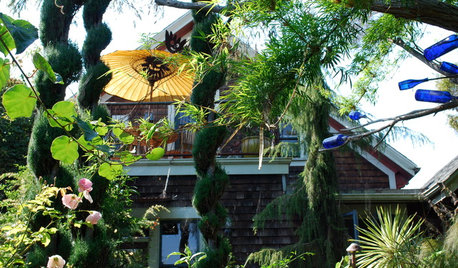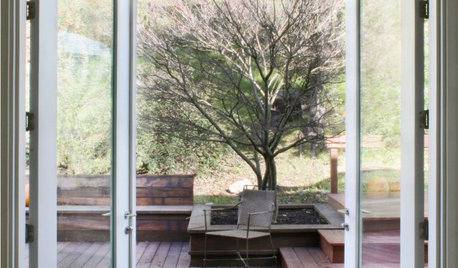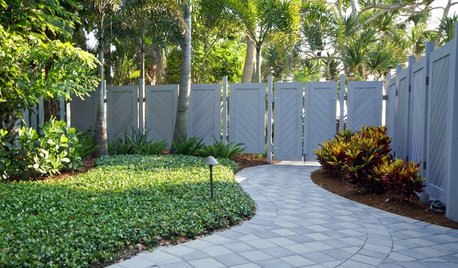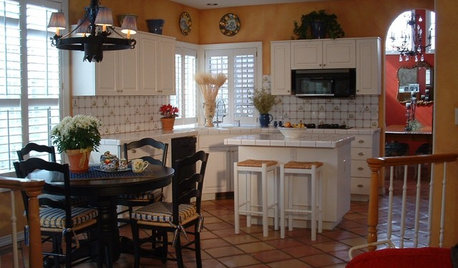Conifer Vertical Righting Ability Questions
scotjute Z8
12 years ago
Related Stories

BATHROOM DESIGNUniversal Bath Design: Light Your Bathroom for All Ages and Abilities
Learn about uplighting, downlighting, visual cueing and avoiding glare for a bathroom that's safe and works for all
Full Story
PLANTING IDEASDesigning With Conifers: How to Unite Your Landscape
Create a landscape full of intrigue and artistry with the right placement of conifers and their supporting players
Full Story
GARDENING GUIDESDesigning With Conifers: Find the Perfect Fit for Your Landscape
Conifers range from fairy-garden size to 70 feet tall. Here’s how to decifer the plant tag for the perfect long-term fit in your garden
Full Story
DOORS5 Questions to Ask Before Installing a Barn Door
Find out whether that barn door you love is the right solution for your space
Full Story
REMODELING GUIDESSurvive Your Home Remodel: 11 Must-Ask Questions
Plan ahead to keep minor hassles from turning into major headaches during an extensive renovation
Full Story
MOST POPULAR8 Questions to Ask Yourself Before Meeting With Your Designer
Thinking in advance about how you use your space will get your first design consultation off to its best start
Full Story
MOST POPULARFind the Right Glass Door for Your Patio
It’s more than just a patio door — it’s an architectural design element. Here’s help for finding the right one for your home and lifestyle
Full Story
MOST POPULARHow to Choose the Right Kitchen Sink
Learn about basin configurations, sink shapes, materials and even accessories and specialty sinks
Full Story
LANDSCAPE DESIGNHow to Choose a Fence That Feels Right and Works Hard
Making a thoughtful fencing choice now can create happiness for years to come
Full Story









Embothrium
spruceman
Related Professionals
70037 Landscape Architects & Landscape Designers · Eden Prairie Landscape Architects & Landscape Designers · Tomball Landscape Architects & Landscape Designers · Bethlehem Landscape Contractors · Concord Landscape Contractors · Cornelius Landscape Contractors · Cupertino Landscape Contractors · Estelle Landscape Contractors · Middle River Landscape Contractors · New Providence Landscape Contractors · Oklahoma City Landscape Contractors · Roseville Landscape Contractors · View Park-Windsor Hills Landscape Contractors · West Allis Landscape Contractors · Kingsburg Landscape Contractorsscotjute Z8Original Author
spruceman
scotjute Z8Original Author
spruceman